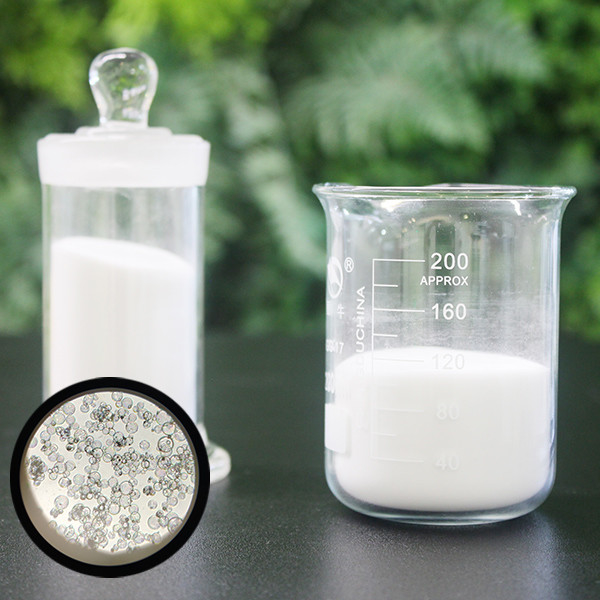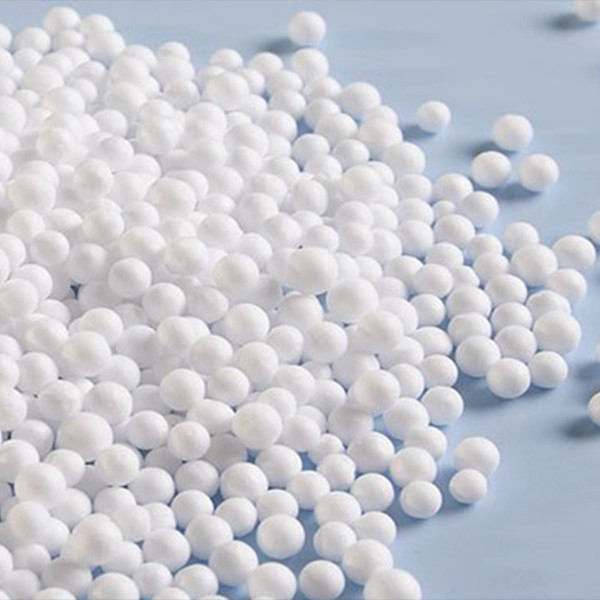Synthetic Foam 750 Psi Sphericel Hollow Glass Spheres Polyurethane Molding
Product Specifications
| Attribute |
Value |
| Product name |
HN25HS Glass Microspheres |
| Application |
Construction, Rubber, Aerospace Adhesives, Buoyancy Materials |
| Diameter |
25-85µm |
| Density |
0.15-1.0 g/cm³ |
| Compressive Strength |
750 psi |
| Chemical Composition |
SiO2, Na2O, CaO, MgO, Al2O3 |
| Color |
White or transparent |
| True Density |
0.244-0.256 |
| Bulk Density |
0.12-0.15 |
| Dielectric Constant |
1.2-2.2 (100MHZ) |
| Thermal Conductivity |
0.085 |
Product Description
Synthetic Foam, Hollow Glass Bubble, HN25HS, Injection Molding, Polyurethane Molding
Hollow Glass Bubble Description
The theory behind using hollow glass bubbles in polyurethane molding involves reducing the weight of the final product while maintaining structural integrity. These glass microspheres are tiny spheres with a hollow center, offering lightweight properties and low density - ideal for reducing polyurethane product weight.
The purpose of using hollow glass bubbles in synthetic foam is to reduce foam density while strengthening mechanical properties. The glass bubbles create a composite material with lower density while maintaining original strength and stiffness.

Hollow Glass Bubbles Applications
- Building and construction: Used in insulation, roofing, and flooring applications where lightweight properties combine with strength and durability.
- Sports equipment: Used in helmets, pads, and shoes for lightweight protection and shock absorption.
| Model |
True Density (g/cm³) |
Bulk Density (g/cm³) |
Compressive Strength (psi) |
Diameter (µm) |
|
|
|
|
D10 |
D50 |
D90 |
| HN25HS |
0.23-0.27 |
0.13-0.16 |
500 |
25 |
70 |
105 |
Product Advantages
Weight Reduction, Reduced Production Cost
Why Choose Us?
- Specialized in manufacturing Hollow Glass Bubbles for over 20 years
- Ranked among the largest HGB manufacturers
- Ensured product quality with strict density, radius, and compressive strength standards
- Stable product performance with reliability as our top priority
Frequently Asked Questions
Can you tell me more about package details of Hainuo HGBs?
We offer package options of cartons and ton bags, with dimensions varying by model and density. Customers can choose preferred packaging by contacting our team in advance.
For special requirements, customers can contact Hainuo team for customized packaging solutions.
Can you tell us about Hainuo Technology's history and achievements?
Founded in 2011 with research backing from government institutions, Hainuo Technology achieved rapid technological breakthroughs and now ranks among the most competitive global manufacturers.
Hainuo has received national honors including "High-Tech Enterprises" and "Outstanding Enterprise in Shanxi province." Our products are used in significant national oil and ocean projects by CNPC and CNOOC.
What precautions should users take when handling HGBs packaging?
Place packages in well-ventilated areas, gently remove packaging bands, and open inner bags slowly. Control lifting and lowering to minimize dust emission.
For users with dust allergies, safety glasses and gloves are recommended. Consult local safety equipment providers for professional advice.
What are the advantages of using hollow glass bubbles?
HGBs enhance thermal insulation, fluidity, stiffness, strength endurance, and chemical resistance while serving as lightweight fillers in various industries.
What are common applications of hollow glass bubbles?
Widely used in aerospace, rubber, plastic, marine, and construction industries as lightweight fillers that improve performance and reduce production costs.
What is the density and size range of Hainuo HGBs?
Density ranges from 0.11-0.606 g/cm³ with sizes from 10µm to 115µm, varying by application requirements.
Are Hollow Glass Bubbles environmentally friendly?
Yes, made from natural sand with no environmental side effects. They are recyclable, and Hainuo emphasizes eco-friendly production throughout our processes.
Can Hollow Glass Bubbles be used in 3D Printing?
Yes, they can be added to 3D printing materials to reduce weight, improve strength, enhance printability, and reduce warping.
Can Hollow Glass Bubbles be used in Concrete?
Yes, they serve as lightweight aggregates in concrete, improving thermal insulation, fire resistance, workability, and durability while reducing weight.
What is Hainuo's annual production capacity?
Current capacity is 15,000 tonnes annually, increasing to over 35,000 tonnes by 2026 with our second production line project.
How should Hollow Glass Bubbles be stored?
Store in dry, cool, dark areas away from moisture and direct sunlight. Keep packages tightly sealed to prevent particle emission.

 Your message must be between 20-3,000 characters!
Your message must be between 20-3,000 characters! Please check your E-mail!
Please check your E-mail!  Your message must be between 20-3,000 characters!
Your message must be between 20-3,000 characters! Please check your E-mail!
Please check your E-mail! 


